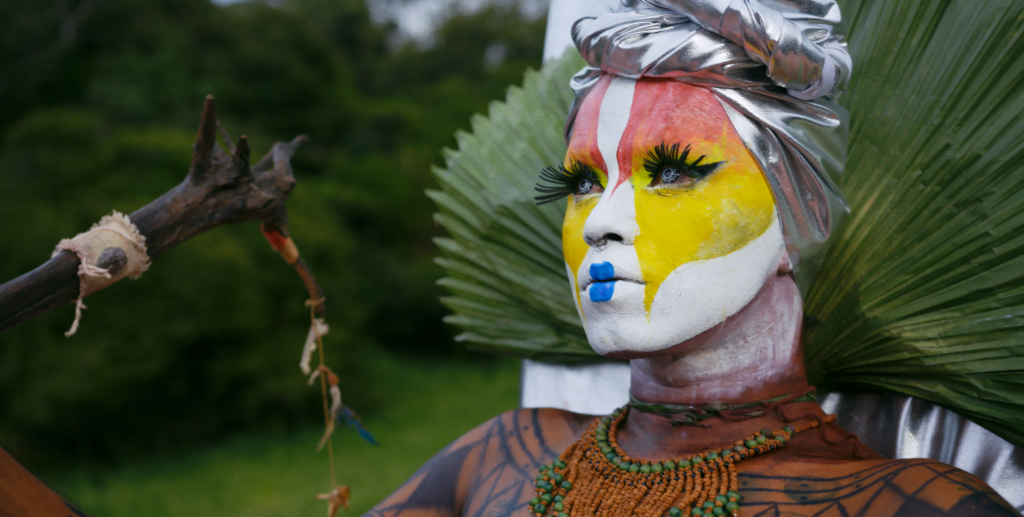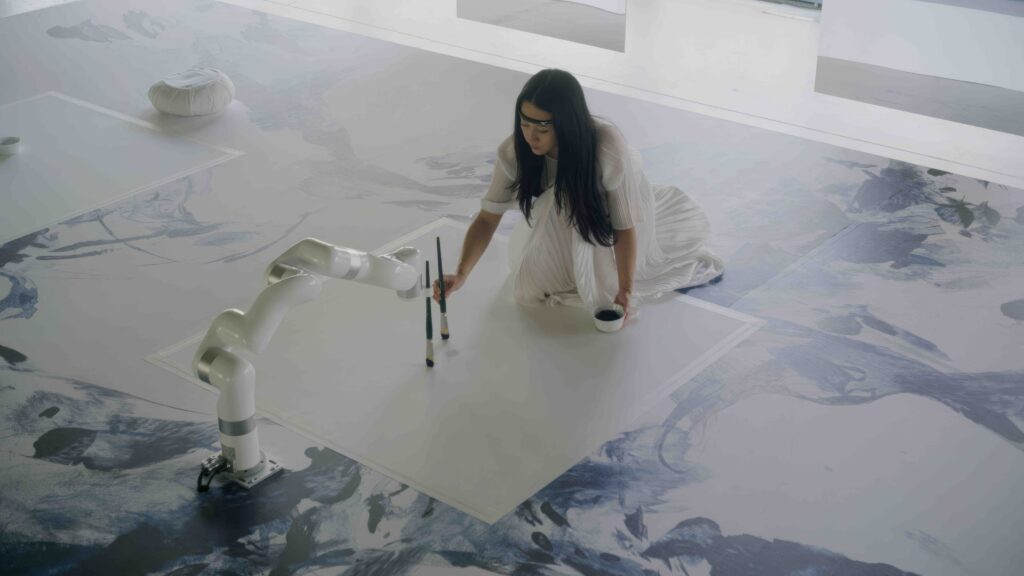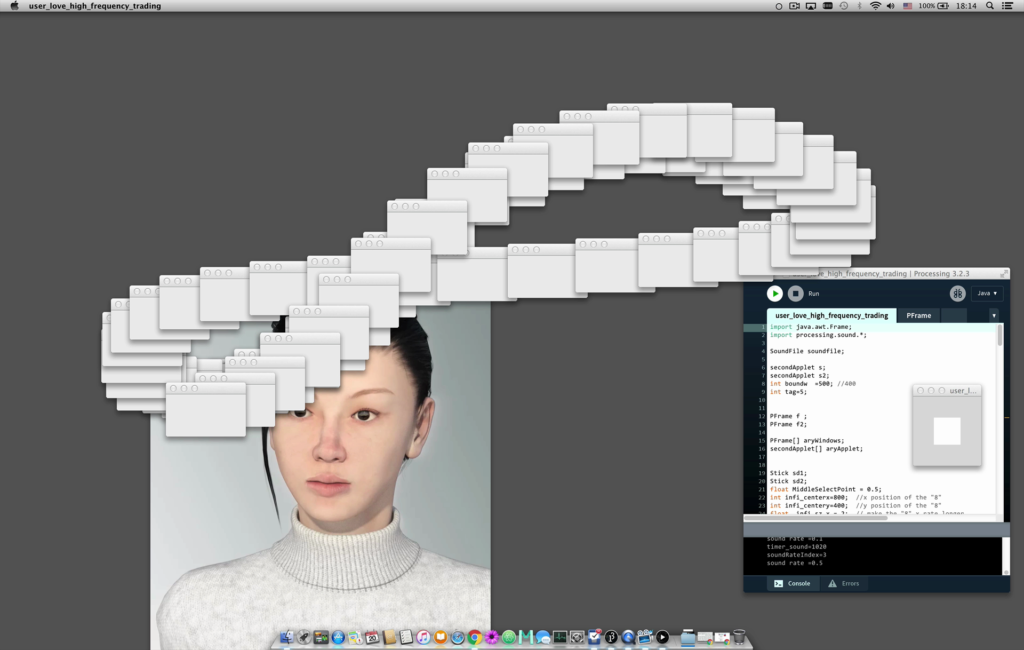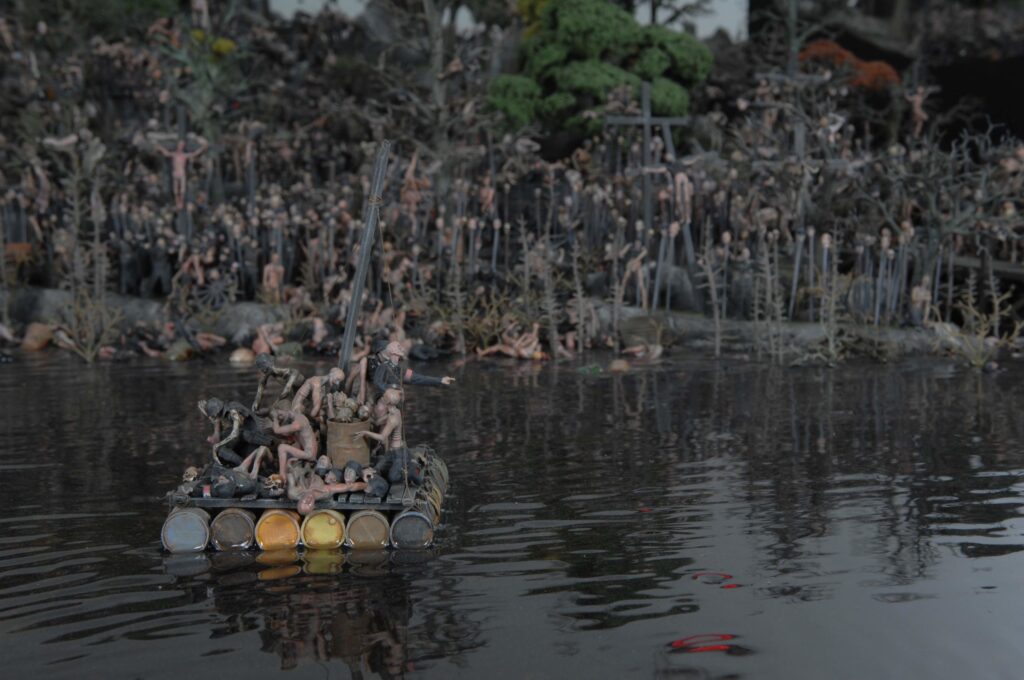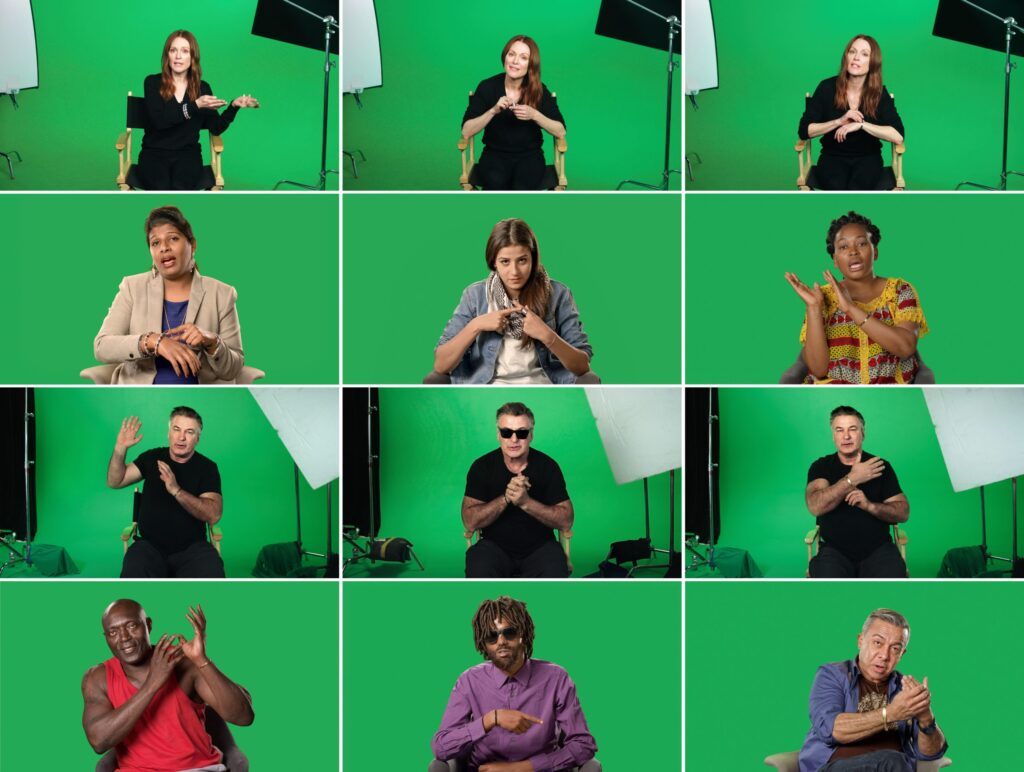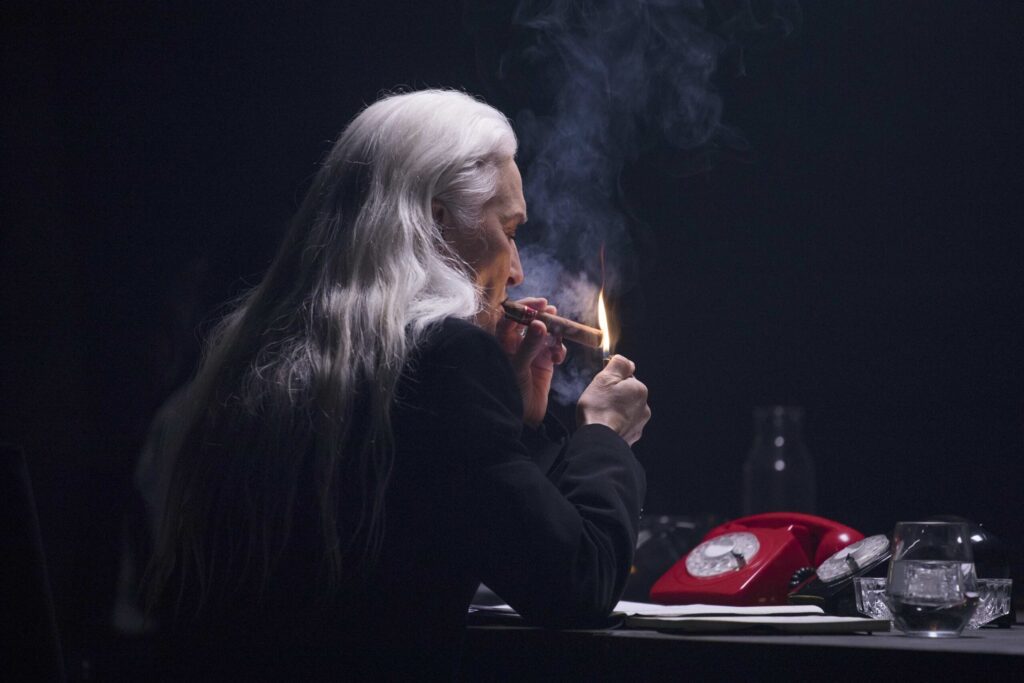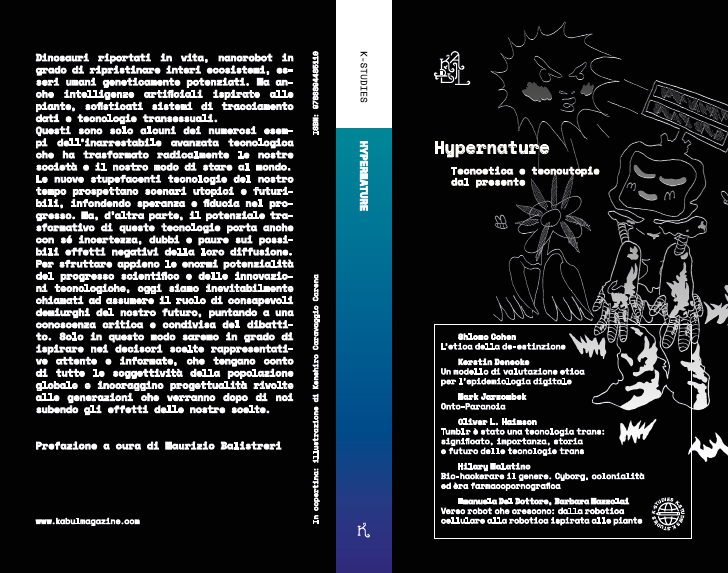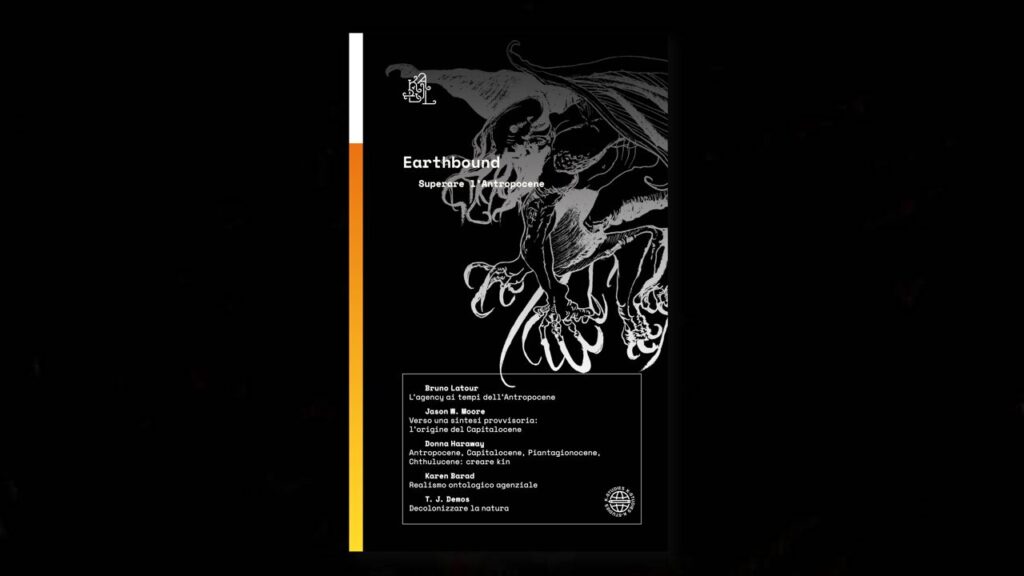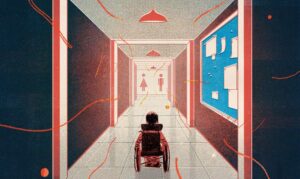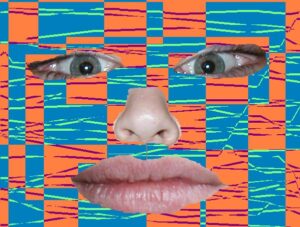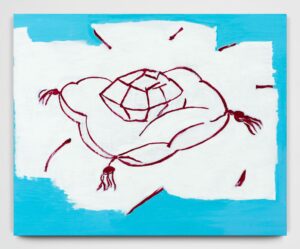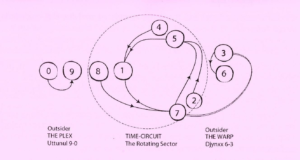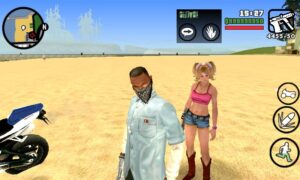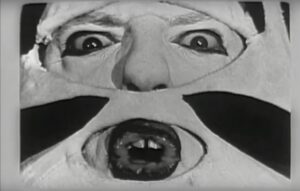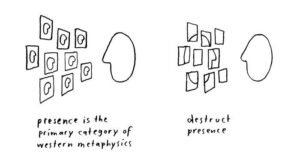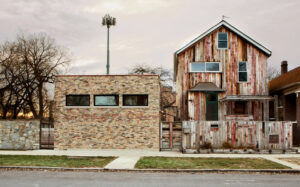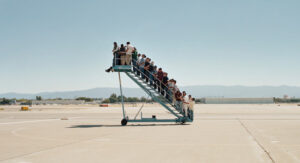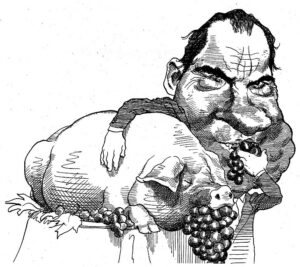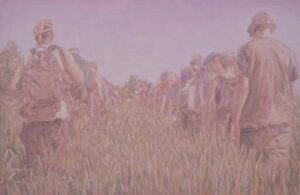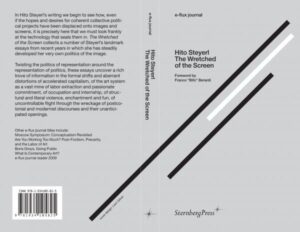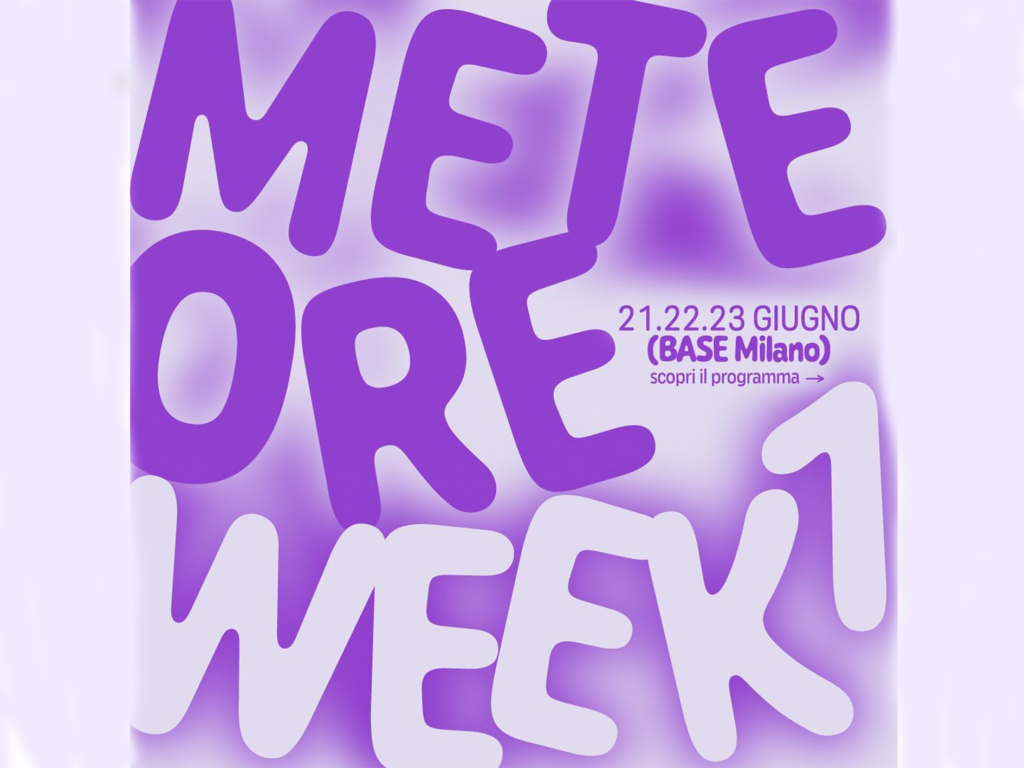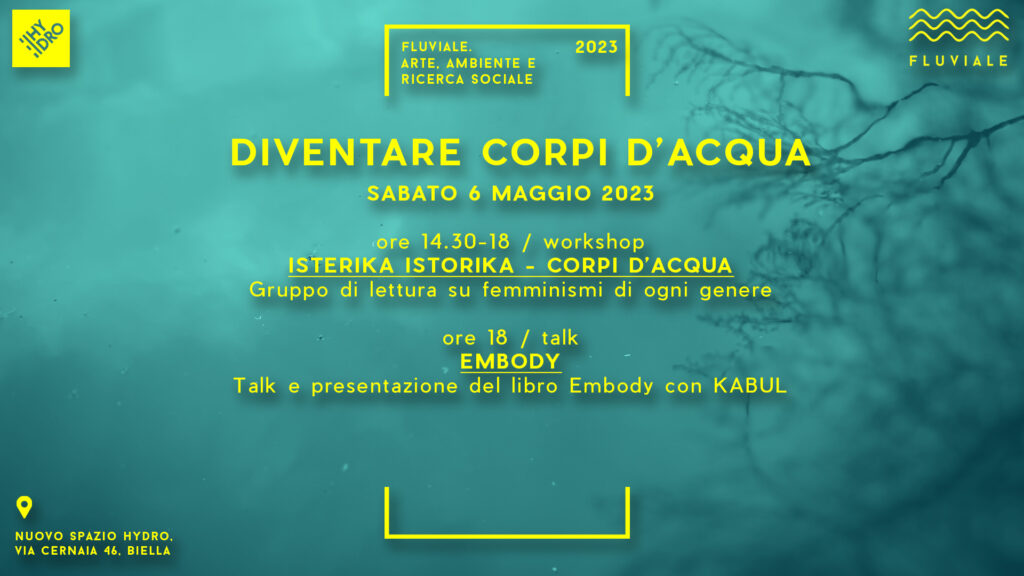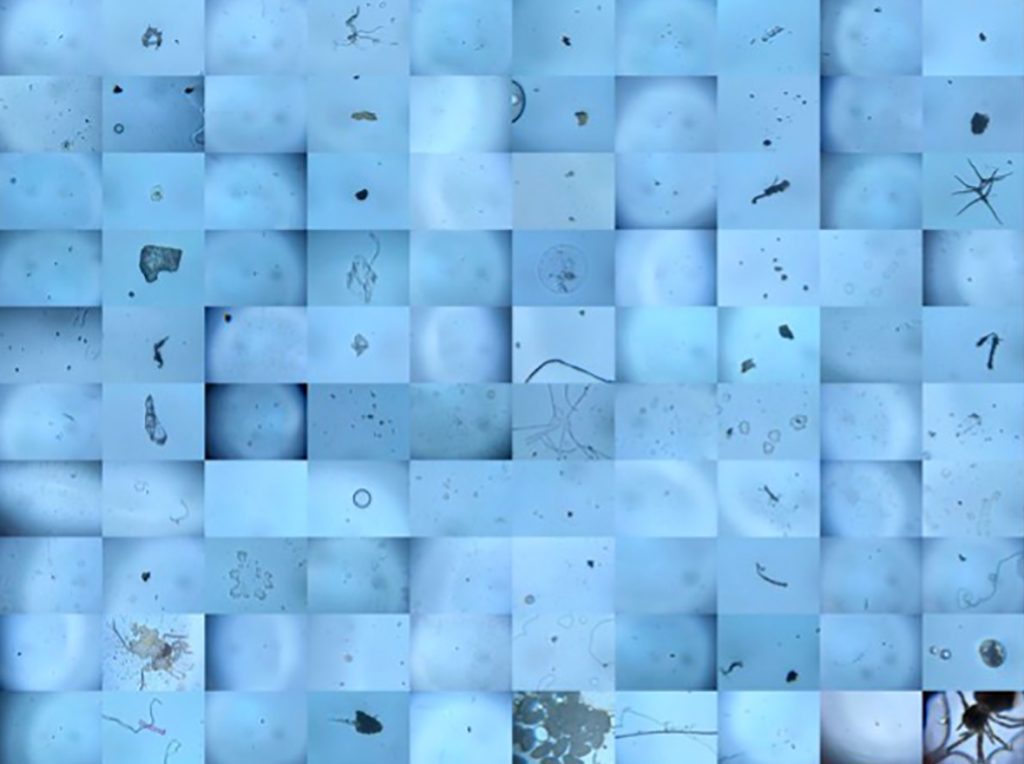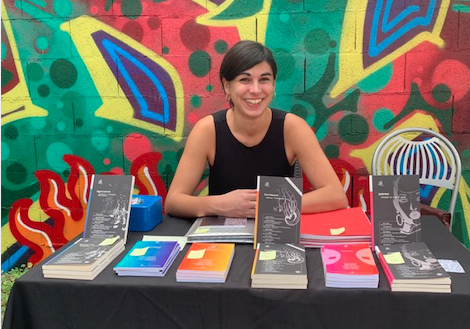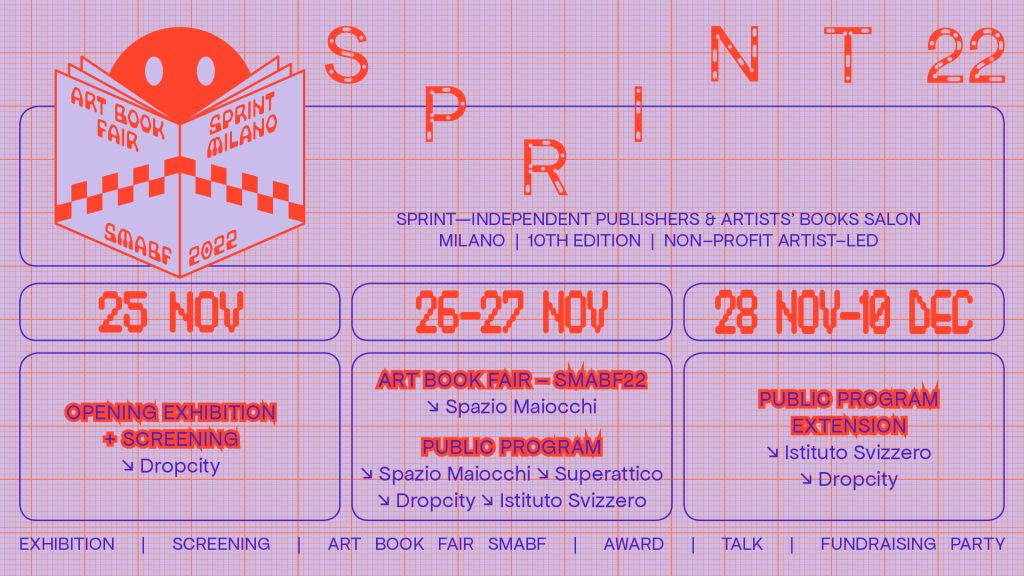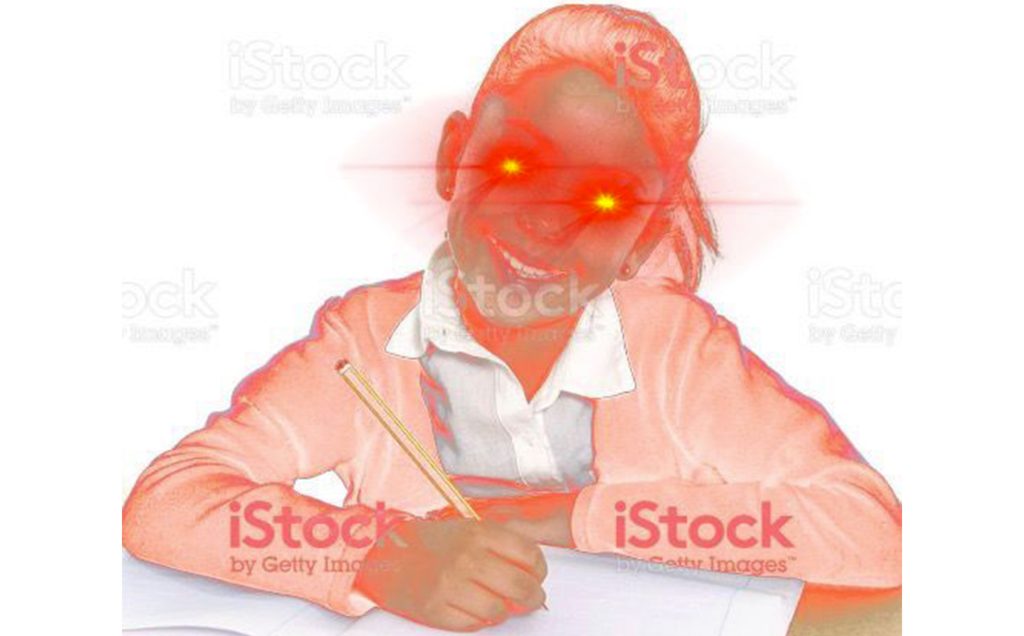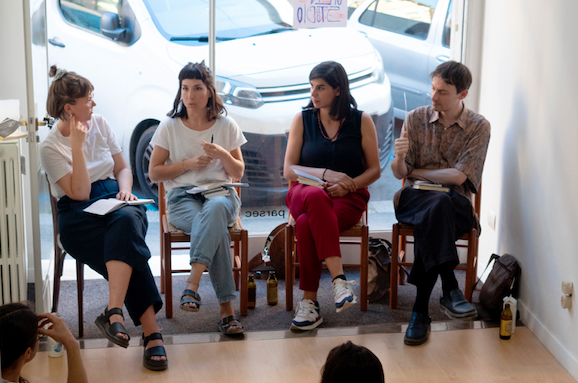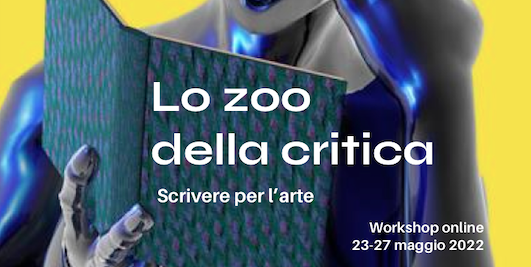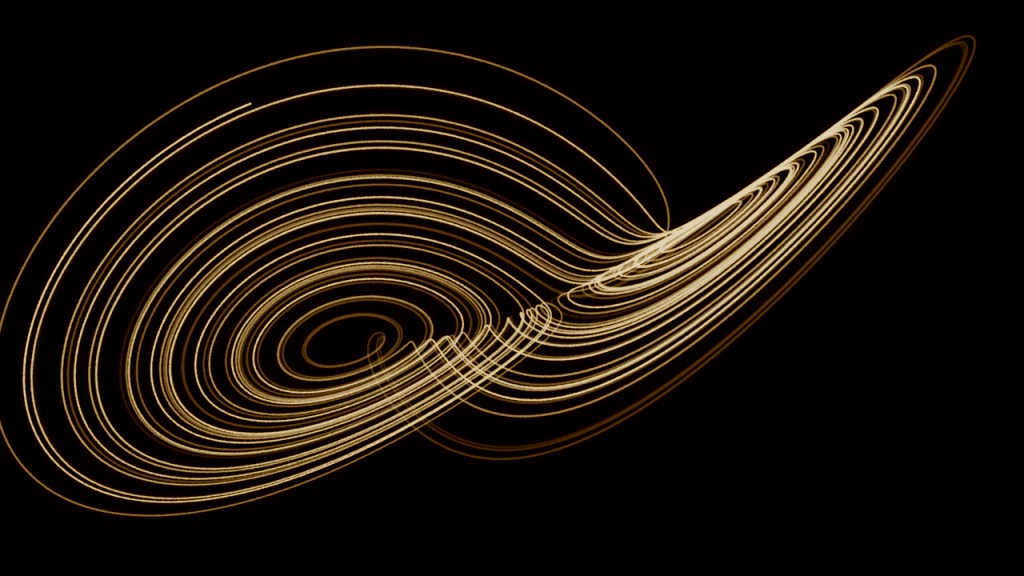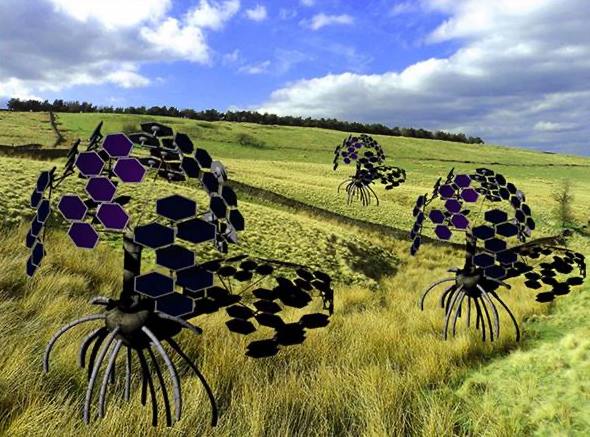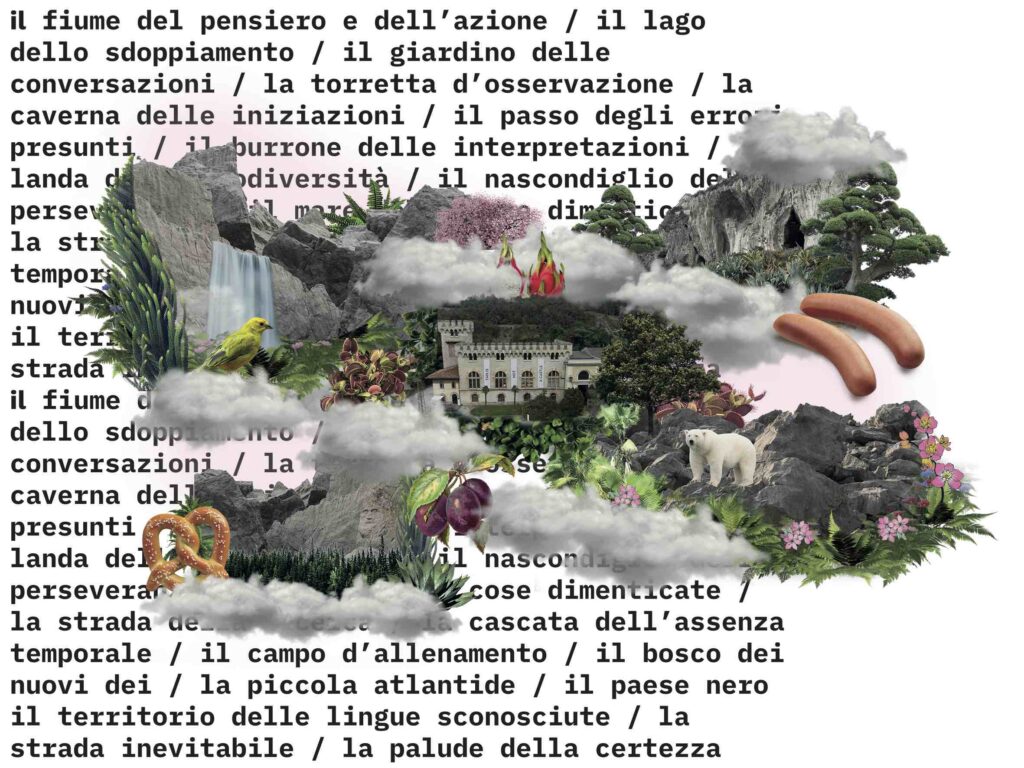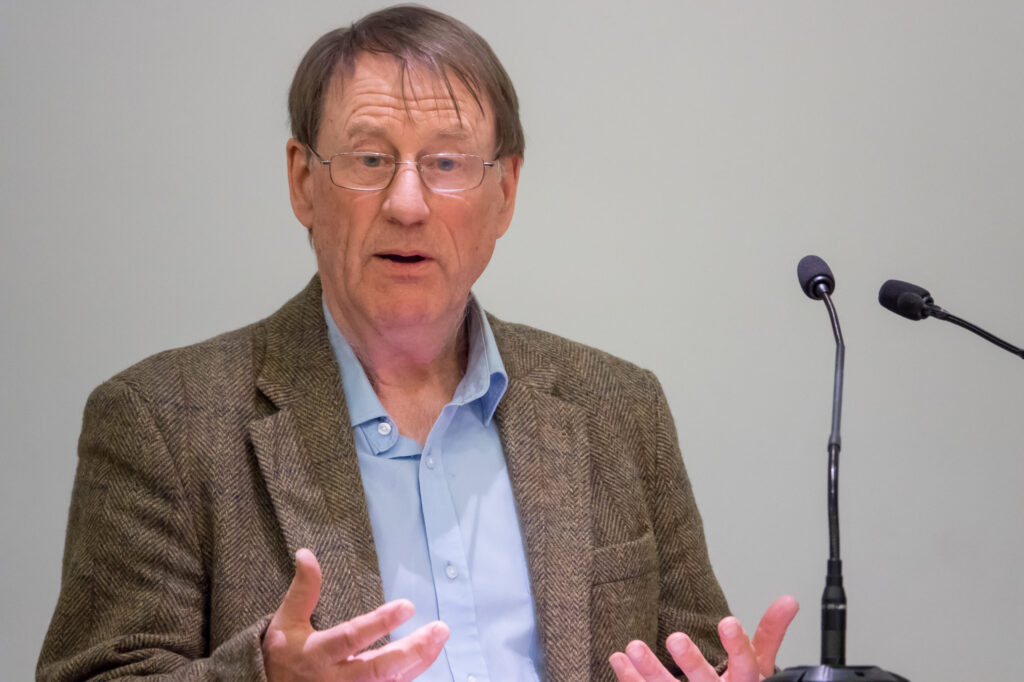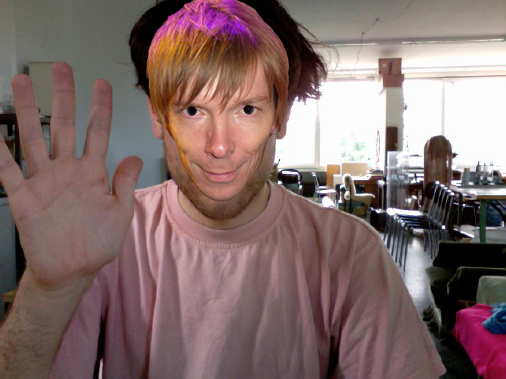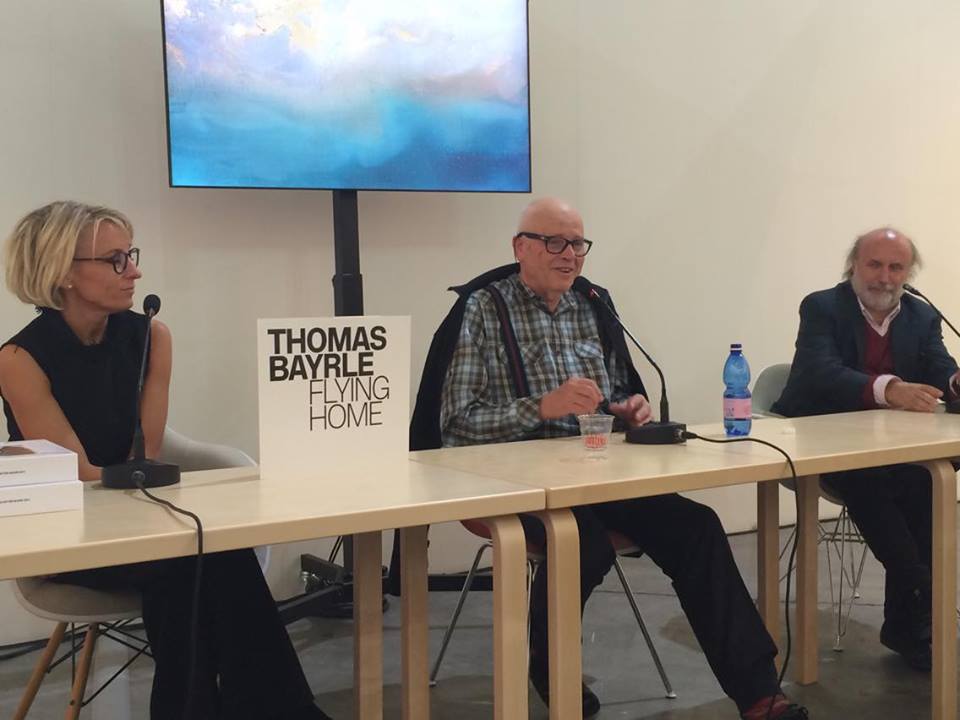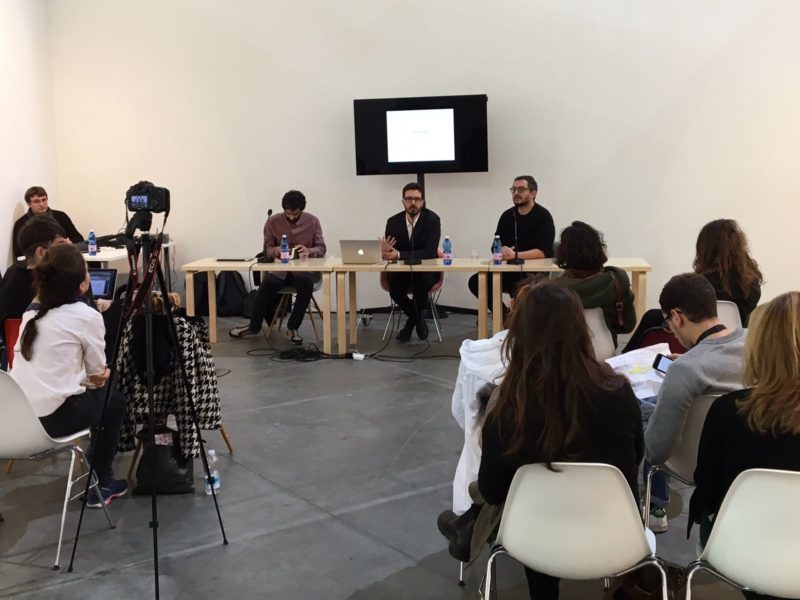 Tania Bruguera e Immigrant Movement International – Queens (New York) – 2011 – (www.creativetime.org).
Tania Bruguera e Immigrant Movement International – Queens (New York) – 2011 – (www.creativetime.org).
«Who is the immigrant… a subject, a strong one, who leaves behind a home, a place and will not forget, and might go back. Today’s migrants are increasing expelled. Today is an Era of Expulsions».11Tania Bruguera, Koo Jeong A, Saskia Sassen & Richard Sennett, The Palimpsest of Immigration, Hans Ulrich Obrist’s Instagram Profile.
The partnership between Tania Bruguera and Saskia Sassen developed around the long-term project titled Immigrant Movement International (IMI) and it established itself during the recent conversation in London,22The talk and the residency are part of Under the Same Sun: Art from Latin America Today (june-11 sept 2016), 2nd exhibition of the Guggenheim UBS MAP Global Art Initiative, hosted by Theatrum Mundi at LSE 10, in partnership with the South London Gallery.
following the residence programme in which the Cuban artist was protagonist and coordinator of think-tank sessions.
The mission of Bruguera’s project is to expand the recognition and consideration of the immigrants, proposing an expansion of the actual legal reality and a better application of the human rights for them. She suggests the intellectual capacity that migrants bring with them during and after their travels, as a symbol of a transnational connectivity that can no longer be ignored or underestimated, but indeed it needs to be appreciated as an advantage. Underlying this belief is the recognition of a cultural diversity as a resource and, in particular, the figure of the (im)migrant as the exponent of an alternative transnational class33A. Kershaw, An Interview with Tania Bruguera. Immigrant Movement International: Five Years Counting, in «FIELD. A Journal of Socially-Engaged Art Criticism», Spring 2015.
in opposition to the global citizen.
We are witnessing an historic transition and it is very hard to mature a conscious and lucid vision of the present situation, while we are living it. The ability to govern the immigration intelligently and with a vision on to the future is an issue that, according to the sociology S. Sassen,44See S. Sassen, Expulsions: Brutality and Complexity in the Global Economy, Harvard University Press, 2014; and A Massive Loss of Habitat. New Drivers for Migration, in «Sociology of Development», II, 2, Summer 2016, pp. 204-233.
may find a resolution by understanding the state of fluidity of the current world borders and by dealing against the emergence of a new paradigm based on Expulsion.
The impoverishment of the middle classes, the uncontrolled increase of migratory flows (and the resulting intolerant reactions by nationalist entities), the adjustment of borders for economic purposes, the climate changing, the intensive industrial practices that have poisoned lands and altered the habitat of humanity are some aspects taken in consideration by Sassen to explain the transition from the inclusive logical Era to the extreme processes of Exclusion, that often leads to invisibility. The provocation is clear: can we live in a world characterized by migration flows if we don’t accept that together with the movement of people we should recognise the conveyance of their human right? Is it right to entrust the fragmented management of these decisions to individual nation states instead of opening the debate to a transnational dimension?55See F. Olivieri (curated by), Migration in processes of globalization. Conversation with Saskia Sassen, in «Jura Gentium. Rivista di filosofia del diritto internazionale e della politica globale», IV, 2008.
The awareness of the dynamics and the motivations behind the migration flows seems the way, or at least the prerequisite, to develop appropriate policies and to identify ideal locations in which to build locally sustainable economies. This is the direction for new ways of belonging. The art world can promote the debate and help to identify possibilities and alternatives.66See S. Sassen, N. Thompson, Saskia Sassen Talks Finance, Climate, Race, Immigration and How We Can Begin to Fix Our Planet, in «creativetimesreports.org», Oct. 27, 2014.
The recognition of cultural diversity could take place according to the logic unrelated to the geographical maps of nation-states, but within ‘areas of regeneration’ of urban territories in which integration becomes a possible phenomenon.
Founded in 2010, in the multinational and transnational neighborhood of Corona, Queens, thanks to the support of the Queens Museum of Art in New York and Creative Time,77Creative Time is a non-profit organization, based in New York, that works to promote artistic projects and international conferences designed to debate on socio-political problems and to transform the perception of the public space (creativetime.org).
the Immigrant Movement International, project initiated by Tania Bruguera, is composed by a community of people with a precise mission: to questions and interrogates daily on the meaning of being migrants in an era characterized by social and political changes and uprooting. The IMI offers a program of workshops and events in collaboration with social services, with local governments, aiming the integration and development of the individual consciousness. It also aims to sensitize the media by giving voice and visibility to the migrants’ class,88To give voice: related to the performance, El susuro de Tatlin # 6 (T. Bruguera, 2009), presented at the X Havana Biennial, Centro de Arte Contemporáneo Wifredo Lam. With the goal of establishing a moment of open confrontation on the political debate about the reality and experiences related to the Cuban society, she offers a microphone and 60 seconds to free expression. The public was able to express thoughts, hopes, difficulties and possible solutions (see C. Bishop, Speech Disorder: Claire Bishop on Tania Bruguera at the 10th Havana Biennial, in «Artforum», Summer 2009, pp. 121-122.
by giving them more tools to access the political-bureaucratic system and the recognition by institutions. At the same time, IMI and Bruguera play an important outreach campaign through collaborations with museums and institutions that share the challenges and intend to promote its existence. IMI embraces the notion of Art Útil in which the art became a tool of social and political empowerment. With Art Útil Bruguera calls into question the role of art, of the artist and of the institutions involved.99The notion was formulated by Tania Bruguera and curators at the Queens Museum (New York), Van Abbemuseum (Eindhoven) and Grizedale Arts (Coniston). «Arte Útil projects should: propose new uses for art within society; use artistic thinking to challenge the field within which it operates; respond to current urgencies; operate on 1:1 scale; replace authors with initiators and spectators with users; have practical, beneficial outcomes for its users; pursue sustainability; Re-establish aesthetics as a system of transformation» (www.arte-util.org). In 2013, the Van Abbenmuseum (Eindhoven, 7 Dec 2013 – 30 Mar 2014) hosted Tania Bruguera’s exhibition and became the Museum of Arte Útil. The show presented 200 case studies to understand, imagine and create new views «that change how we act in society»: the museum became a space of regereneration. Actually, Arte Útil is also an archive of experiences to reflect on the future and to built an historical memory.
The artist adopts activism as the basis of her work: the two projects have in common the knowledge of the art of civil liability. Bruguera’s work questions problems of freedom of expression, she uses the provocation to fuel debates and focus on contemporary issues, with the attempt to find concrete solutions. The Cuban artist’s work is an activity directly intertwined with the present and the social reality. The audience is conceived as user and the language and tools she utilizes are the same used by militant politics. In 2012 she founded in Mexico City the Partido del Pueblo Migrante, a political party with the aim of representing the category and the rights of migrants in the Mexican parliament. In 2014, she acted The Francis Effect, a performance designed to highlight the social impact of the Pope on immigration issue: for 15 weeks she asked to the passers-by near the Guggenheim Museum in New York to sign a petition so to extend the Vatican citizenship to all undocumented immigrants. Behind the slogan «Dignity has no nationality» she expressed the attempt to change the perception of the public on the immigration topic and to defend the rights of undocumented immigrants citizenship.
Bruguera appears as initiator of new paths which over time have acquired autonomy and resilience. The projects she titled ‘long-term’ are naturally characterized by instability and fluidity and distinguished for their dilated time of development, for their capacity of adaptation and for their vivid projection towards the future. After 5 years, she describes the IMI experience as an «Ethical Journey» as «a continuous learning path».1010A. Kershaw, cit.
Is a cultural revolution in this direction possible? Surely it is a great challenge: «I’ve been inspired by anything that is an attempt to implement Utopian ideas. Restrictions also trigger me, especially when someone says: ‘No, it is not possible‘».1111Tania Bruguera in T. Donovan, 5 Questions (for Contemporary Practice) with Tania Bruguera, «Art:21 Magazine1», April 14, 2011.








